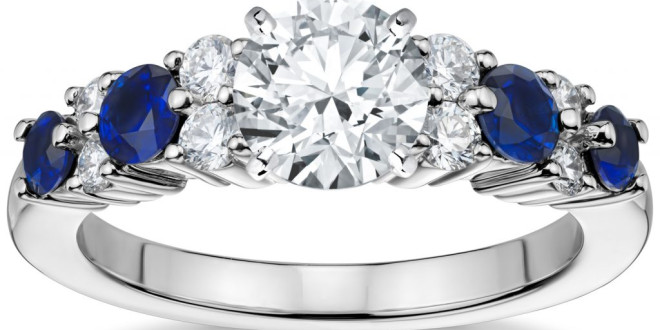[ad_1]
Making straight hair curly is not a new hair style idea. Women in ancient Egypt coated their hair in mud, wound it around wooden rods and then used the heat from the sun to create the curls. Waves that won’t wash out are a more recent innovation. Modern perms were pioneered by A F Willat, who invented the “cold permanent wave” technique in 1934. Since then, improved formulations and ever more sophisticated techniques have made perm the most versatile option in hair style.
How Hair Perm works
Perm works by breaking down inner structures in your hair and reforming them around a curler to give a new shape. Hair should be washed prior to perming as this causes the scales on the cuticles to rise gently, allowing the perming lotion to enter the hair shaft more quickly. The perming lotion alters the Kertin and breaks down the sulphur bonds that link the fibre like cells together in the inner layers of each hair. When these fibres have become loose, they can be formed into a new shape, when the hair is stretched over a curler or a perming rod.
Once the curlers or rods are in place, more lotion is applied and the perm is left to develop to fix the new shape. The development time can vary according to the condition and texture of the hair. When the development is complete, the changed links in the hair are re-formed into their new shape by the application of a second chemical known as the neutralizer. The neutralizer contains an oxidizing agent that is effectively responsible for closing up the broken links and producing the wave or curl permanently.
The type of curl that is produced depends on a number of factors. The size of the curler is perhaps the most important as this determines the size of the curl. Generally speaking the smaller the curler the smaller and therefore tighter the curl, whereas medium to large curlers tends to give a much looser effect. The strength of lotion used can also make a difference, as can the texture and type of hair. Hair in good condition takes a perm much better than hair in poor condition and fine hair curls more easily than coarse hair.
After a perm it takes 48 hours for the keratin in the hair to harden naturally. During this time the hair is vulnerable to damage and must be treated with care. Resist shampooing, brushing, vigorous combing, blow drying or set ting, any of which may cause the perm to drop.
Once hair has been permed it remains curly and shaped the way it has been formed, although new growth will be straight. As time goes by the curl can soften and if the hair is long its weight may make the curl and the wave appear much looser.
Home Versus Salon Hair Perm
Perming is such a delicate operation that many women prefer to leave it in the hands of experienced, professional hair dressers. The advantages of having hair permed in a salon are several. The hair is first analyzed to see whether it is in fit condition to take a perm; colored, out-of-condition, or over-processed hair may not be suitable. With a professional perm there is also a greater choice in the type of curl – different strengths of lotion and different winding techniques all give a range of curls that are not available in home perm.
Home Rules For Perm Hair Style
If you do use a perm at home, it is essential that you read and follow the instructions supplied with the product. Remember to do a test curl to check whether your hair is suitable and check to make certain you have enough curlers. You will probably want to enlist the help of a friend, as it’s impossible to curl the back sections of your own hair properly, so you will need a helping hand. Timing is crucial – don’t be tempted to remove the lotion before the time given or leave it on longer than directed.
Salon Perms – The Choices
Professional hair dresser can offer a number of different types of perm that are not available for home use:
Acid perms produce highly conditioned flexible curls. They are ideally suited to hair that is fine, sensitive, fragile, damaged or tinted as they have a mildly acidic action that minimizes the risk of hair damage.
Alkaline perm give strong, firm curl result on normal and resistant hair.
Exothermic perm give bouncy, resilient curls. “Exothermic” refers to the gentle heat that is produced by the chemical reaction that occurs when the lotion is mixed. The heat allows the lotion to penetrate the hair cuticle, conditioning and strengthening the hair from inside as the lotion moulds the hair into its new shape.
Any of above types of perm can be used with different techniques to produce a number of results as under:-
Body perm are very soft, loose perm created by using large curlers, or some times rollers. The results is added volume with a hint of wave and movement rather than curls.
Root perms add lift and volume to the root area only. They give height and fullness and are therefore ideal for short hair that tends to go flat.
Spiral perm create romantic spiral curls, an effect that is produced by winding the hair around special long curlers. The mass of curls makes long hair look much thicker.
Stack perm give curl and volume to one – length hair cuts by means of different sized curlers. The hair on top of the head is left unpermed while the middle and ends have curl and movements.
Weave perms involve perming certain sections of hair and leaving the rest straight to give a mixture of texture and natural looking body and bounce, particularly on areas around the face such as the fringe.
[ad_2]
Source by Jerry White

